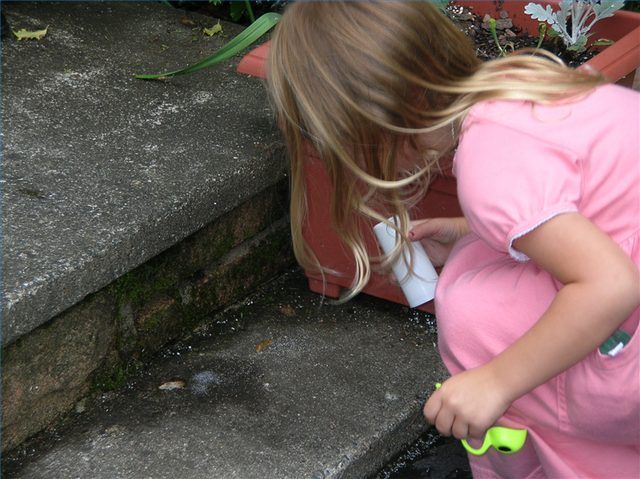Bulbs
Flower Basics
Flower Beds & Specialty Gardens
Flower Garden
Garden Furniture
Garden Gnomes
Garden Seeds
Garden Sheds
Garden Statues
Garden Tools & Supplies
Gardening Basics
Green & Organic
Groundcovers & Vines
Growing Annuals
Growing Basil
Growing Beans
Growing Berries
Growing Blueberries
Growing Cactus
Growing Corn
Growing Cotton
Growing Edibles
Growing Flowers
Growing Garlic
Growing Grapes
Growing Grass
Growing Herbs
Growing Jasmine
Growing Mint
Growing Mushrooms
Orchids
Growing Peanuts
Growing Perennials
Growing Plants
Growing Rosemary
Growing Roses
Growing Strawberries
Growing Sunflowers
Growing Thyme
Growing Tomatoes
Growing Tulips
Growing Vegetables
Herb Basics
Herb Garden
Indoor Growing
Landscaping Basics
Landscaping Patios
Landscaping Plants
Landscaping Shrubs
Landscaping Trees
Landscaping Walks & Pathways
Lawn Basics
Lawn Maintenance
Lawn Mowers
Lawn Ornaments
Lawn Planting
Lawn Tools
Outdoor Growing
Overall Landscape Planning
Pests, Weeds & Problems
Plant Basics
Rock Garden
Rose Garden
Shrubs
Soil
Specialty Gardens
Trees
Vegetable Garden
Yard Maintenance
How to Rid a Yard of Slugs
How to Rid a Yard of Slugs. Many people do not understand why their flowers seem to be disappearing daily and that the cause is the lowly slug. Slugs love dampness and under the cover of night, when the dew is present, they are dining on your plants. Read on to learn how to rid a yard of slugs.

Many people do not understand why their flowers seem to be disappearing daily and that the cause is the lowly slug. Slugs love dampness and under the cover of night, when the dew is present, they are dining on your plants. Read on to learn how to rid a yard of slugs.
Things You'll Need
Sugar
Water
Plant pot saucer
Salt
Ammonia
Beer
Understand that slugs are notorious for eating seedlings, flowers and vegetables while you sleep, and they can do a lot of damage in short order if they go unchecked. Their favorite foods include rotting vegetation, fungus and carrion (even other dead slugs). If you suspect slugs are responsible for damaging your gardens, go outside early in the morning while the dew is still on the grass you should should spot them as they glide slowly over the grass, hide under damp leaves or curl up in damp shadows.
Know that there are several alternatives for getting rid of slugs, some easier than others, and a couple solutions are very inexpensive. You probably already have the ingredients in your kitchen. Just give the slugs a liberal pinch of salt and they turn to gel. Ammonia and water, mixed (5 to 10 percent ammonia) kills them with a few drops. Don't use too much or it may damage the grass. Or mix 1 tsp. sugar with water enough to almost fill the plant pot saucer and put this out where you seem to have the most damage. Slugs climb in and drown. You can keep the container in place for several days before "re-setting" the trap. You can also use beer.
Keep in mind that there are also repellents that you can buy at the garden center or hardware store. These substances are painful to slugs when they come in contact so they stay away from that particular spot. There are also slug barriers that are in granular, gel or paste that you can spread around gardens. Wood ashes or diatomaceous earth is an irritant to slugs if they try and cross it as well. Repellents and barriers work well in fairly dry weather; extended rain or watering washes them away. Natural predators to slugs are frogs, toads, snakes and some birds. Apparently slugs have an unpleasant taste to other creatures.
Keeping vegetable and flower beds free of slugs is not an easy process; they seem to multiply as fast as you can kill them, but losing precious seedlings is not an option. Taking a walk with a salt shaker morning and night seems to keep them at bay. Remember what works for you may take some experimentation, but don't give up.